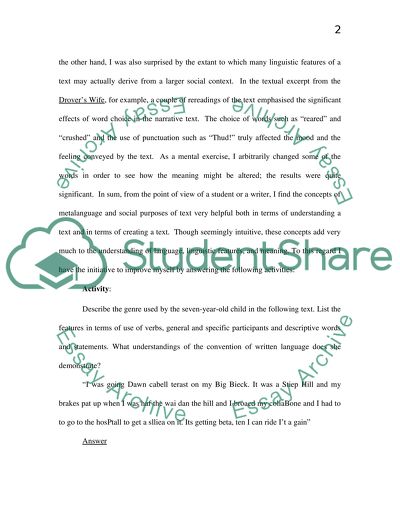Cite this document
(“A Metacognitive Exercise Essay Example | Topics and Well Written Essays - 4250 words”, n.d.)
A Metacognitive Exercise Essay Example | Topics and Well Written Essays - 4250 words. Retrieved from https://studentshare.org/miscellaneous/1500140-a-metacognitive-exercise
A Metacognitive Exercise Essay Example | Topics and Well Written Essays - 4250 words. Retrieved from https://studentshare.org/miscellaneous/1500140-a-metacognitive-exercise
(A Metacognitive Exercise Essay Example | Topics and Well Written Essays - 4250 Words)
A Metacognitive Exercise Essay Example | Topics and Well Written Essays - 4250 Words. https://studentshare.org/miscellaneous/1500140-a-metacognitive-exercise.
A Metacognitive Exercise Essay Example | Topics and Well Written Essays - 4250 Words. https://studentshare.org/miscellaneous/1500140-a-metacognitive-exercise.
“A Metacognitive Exercise Essay Example | Topics and Well Written Essays - 4250 Words”, n.d. https://studentshare.org/miscellaneous/1500140-a-metacognitive-exercise.


